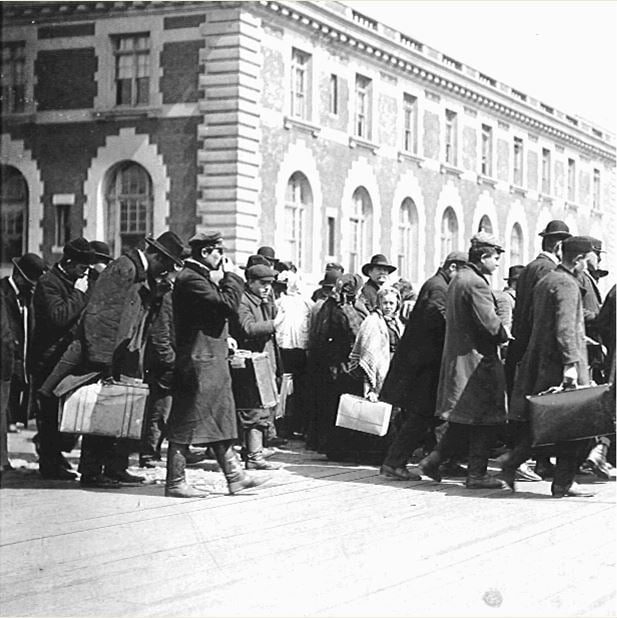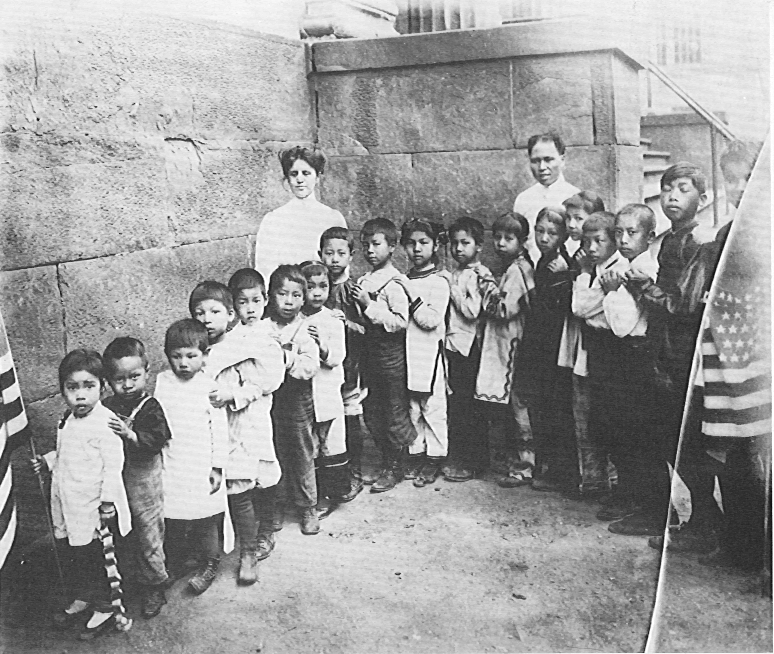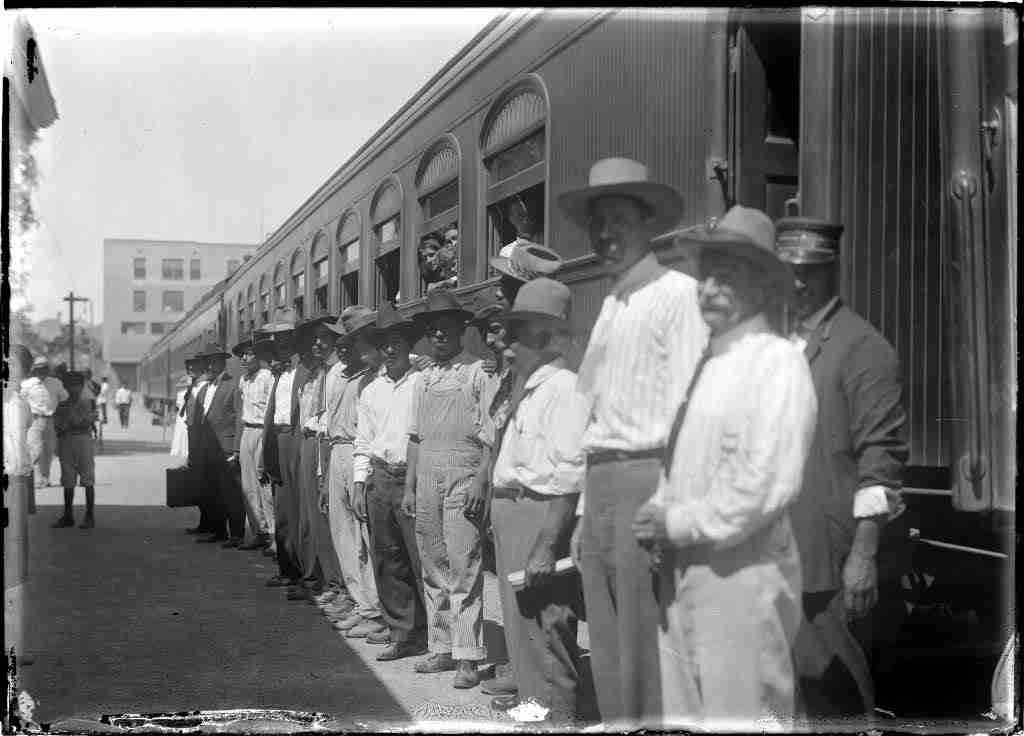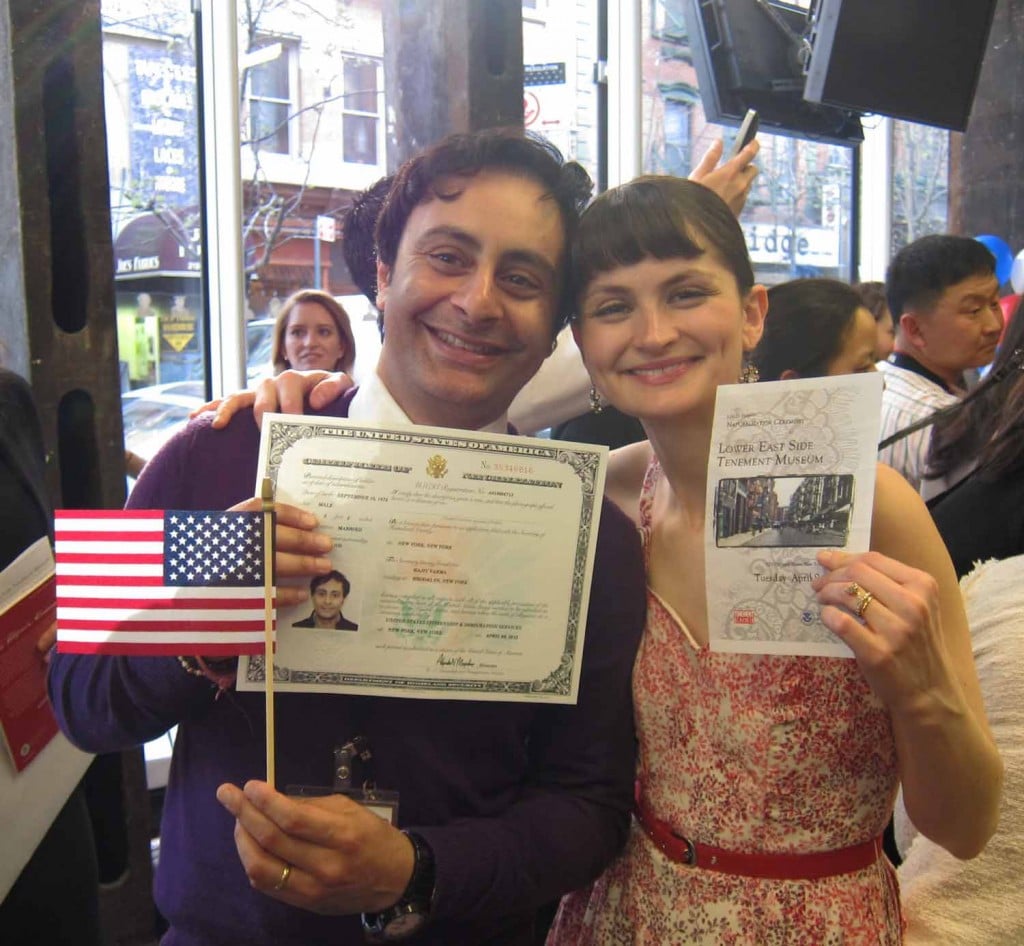Blog Archive
A History of the Undocumented Immigrant
November 26, 2013
The modern immigration debate often seems all-consumed with the number of undocumented immigrants currently residing in the U.S., and whether or not they should be allowed to stay. The concepts of documentation and immigration status are so prevalent that it’s easy to assume they’ve always existed. But a brief survey of the history of immigration reveals a more complicated truth. As we gear up for next week’s Tenement Talk with Pulitzer Prize winning Journalist and undocumented immigrant Jose Vargas, this is the perfect time to look more closely at the history of undocumented immigrants.
Where does this concept of an ‘undocumented immigrant’ as a criminal come from? The question can’t be answered in a blog post alone, and many fascinating books have been written on the subject, but here’s a condensed history.

Castle Garden, in what is now called Battery Park in Manhattan, was the first immigration center in the United States. The regulations for immigrating through Castle Garden were very lax compared to today’s laws.
Until the late 1800’s, the U.S. had few immigration policies – if an immigrant could afford the sea passage to the United States, then they could simply walk off the boat and into a new life. Even Castle Garden, New York City’s first immigration center, did not keep close track of who immigrated here.
At Ellis Island, which opened in 1892 and dominated East Coast immigration in the early 20th century, the records kept were more administrative in scope than criminal. Immigration officers checked for diseases and made sure that each immigrant had $25 with them in an effort to make sure that the immigrant would not become a ward of the state. Immigrants did not need permission to arrive in the US as is needed today, but each was required to have someone to meet them upon arrival, once again to prove that they would not eventually become a ‘drain on the tax dollars.’
In 1882, however, these policies changed. The Chinese Exclusion Act, passed by Congress and signed by President Chester Arthur, prohibited the immigration of all Chinese laborers and severely restricted the rights of Chinese immigrants and Chinese Americans who already lived in the U.S. This marked the first time that the United States government prohibited a specific ethnic group from immigrating in order to protect “the good order” of certain areas; in this case, California. The Chinese Exclusion Act and subsequent acts that strengthened it were purely racially motivated; people of other ethnicities continued to have unlimited immigration to the U.S.
Smaller acts on immigration restriction were enacted, but the biggest blow to free immigration came in 1924 with the passage of the Johnson-Reed Act, signed by Calvin Coolidge. This law further restricted immigration from China as well as Southern and Eastern Europe. It put in place a quota system which only allowed 2% of the number of people from that country who were already living in the United States in 1890 to enter the country. For example, if 1 million people from a certain country lived in the United States in 1890; this would mean that only 20,000 immigrants would be admitted from that nation to the U.S. in 1925.
Underlying this legislation were pseudo-scientific ideas about race that posited that Northern and Western Europeans were superior to Eastern and Southern Europeans and were biologically better suited to become Americans. This act also excluded Chinese, Japanese, Indian and other Asians from immigrating to the United States. Many in the United States believed that a high rate of immigration would make the post-WWI unemployment rate skyrocket. At this point, the concept of being an ‘illegal’ immigrant began to take shape.
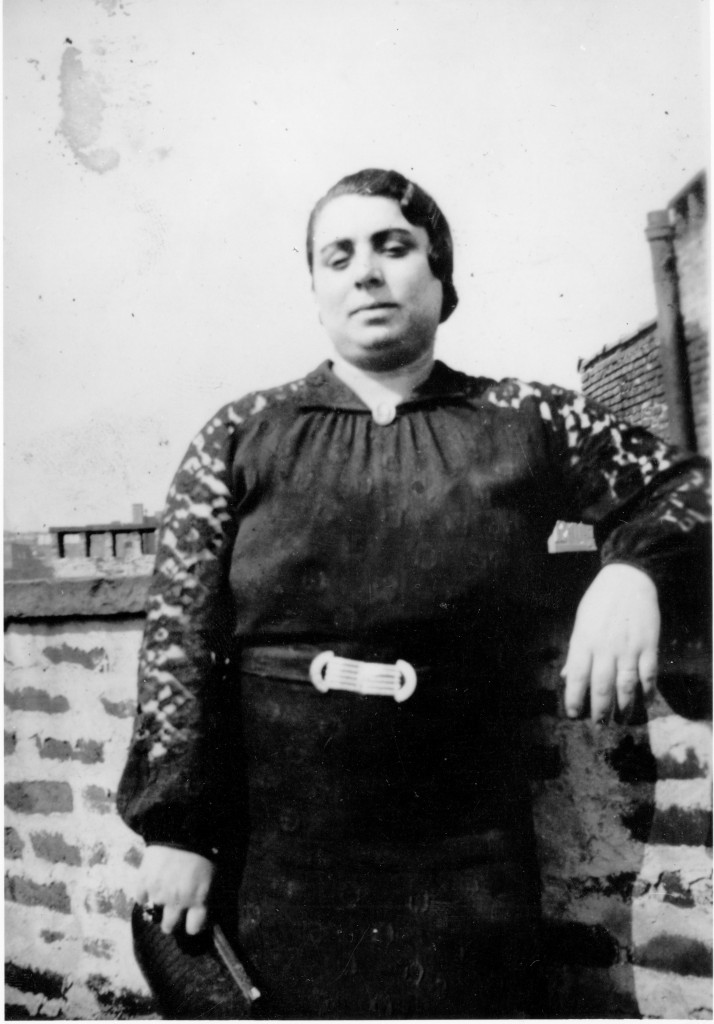
Rosaria Baldizzi, who lived at 97 Orchard in the 1930’s, and we believe was an undocumented immigrant when she first entered the United States.
The impact of undocumented status hit close to home for one family at 97 Orchard Street. While we cannot be absolutely certain, we think that Josephine Baldizzi was an undocumented immigrant until she and her husband Adolpho (whose Ellis Island records we have) took a trip to Canada, after which they re-entered the United States. In the 1930s and 1940s, the Labor Department, under the guidance of Secretary of Labor Frances Perkins, worked to create procedures to “legalize the status of certain illegal immigrants.” This “pre-examination” procedure was two-fold and involved the secretary giving the illegal alien a waiver from deportation, and then having him or her leave for Canada and then re-enter as a legal permanent resident. Between 1935 and 1958 approximately 58,000 applications for pre-examination were processed, and almost all were accepted.
In an oral history with Josephine Baldizzi, Adolpho and Rosaria’s daughter, and Rita Bonofiglio, a neighbor of the Baldizzis, Josephine recalls how they would tease Rosaria about her immigration status:
Josephine Baldizzi: Then when the war broke out we lived in Brooklyn, we used to tease her my brother and I. “We’re gonna ship you back…”
Rita Bonofiglio: And she used to cry. [laughs]
Josephine Baldizzi: And she used to get scared. Yeah.
We can guess that Rosaria took her Canadian trip before she visited relatives in Italy in 1947; she would not be allowed to travel to Europe without documentation.
These procedures benefited European immigrants over immigrants from other countries. Immigration law banned the entry of Asians entirely. Immigration and Naturalization Services officials made the application of this policy in Mexico difficult, and by 1945 explicitly excluded Mexicans from the policy.
Despite the elimination of most immigration quotas and bans with the Immigration and Nationality Act of 1965, legally immigrating to the U.S. remains difficult and expensive. It’s worth remembering that the process of becoming an American has changed drastically over time—but the desire for opportunity that drives newcomers to our shores remains the same.
Jose Vargas, a Pulitzer Prize winning journalist and undocumented immigrant, will be at the Tenement Museum on December 4th for a Tenement Talk. Alongside Museum President Morris Vogel, Vargas will share his story, his thoughts on contemporary immigration, and the important work of his “Define American” organization. Vargas and Vogel will discuss what it means to be an American today. We hope to see you there!
— Posted by Lib Tietjen and Kira Garcia
